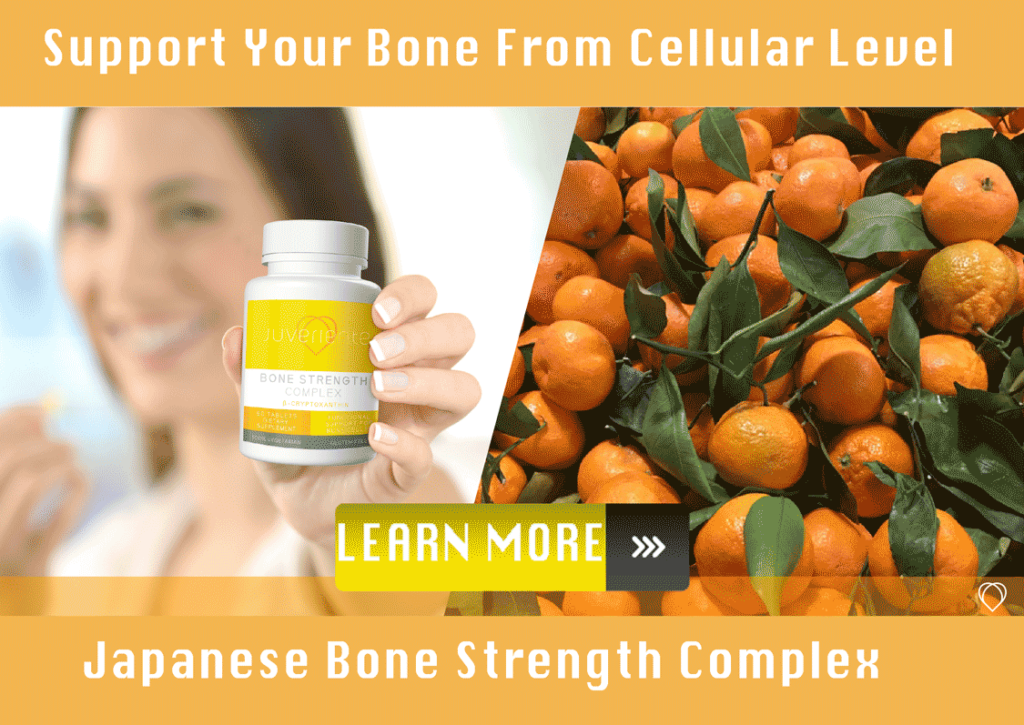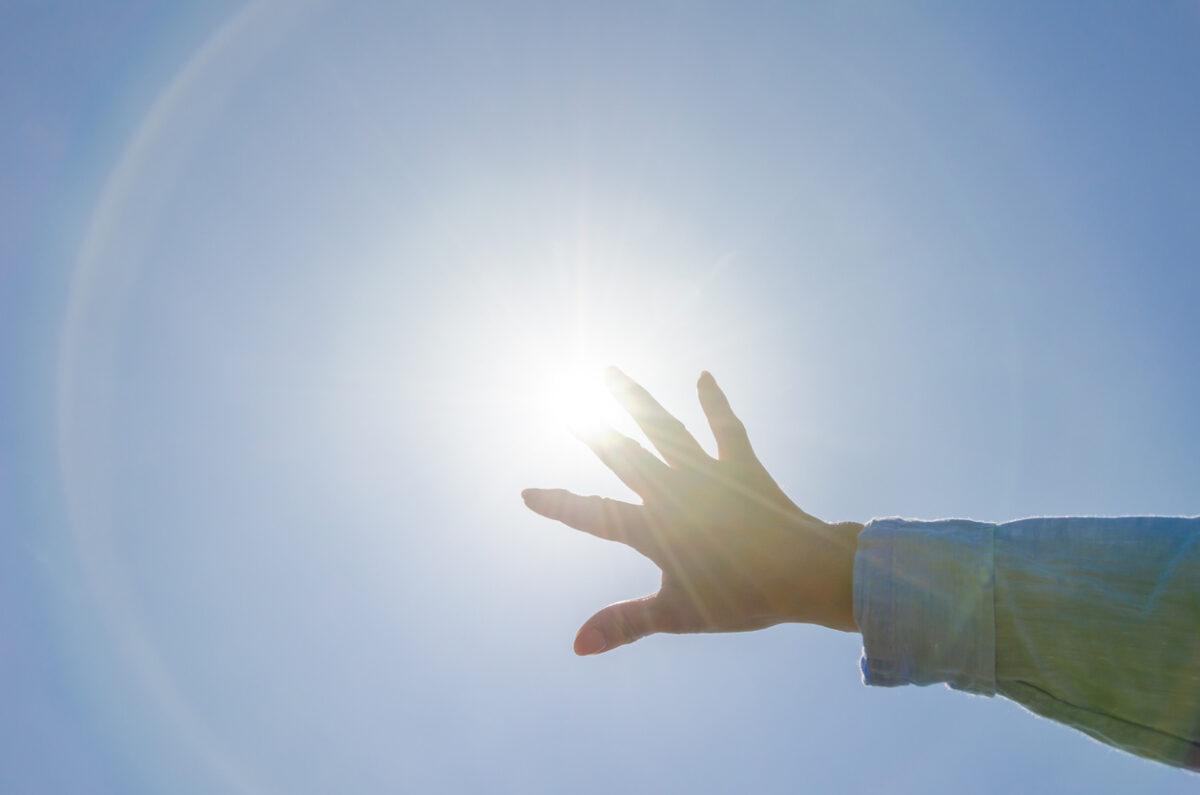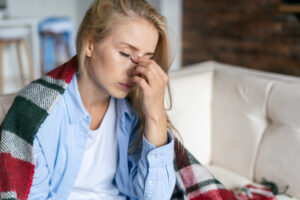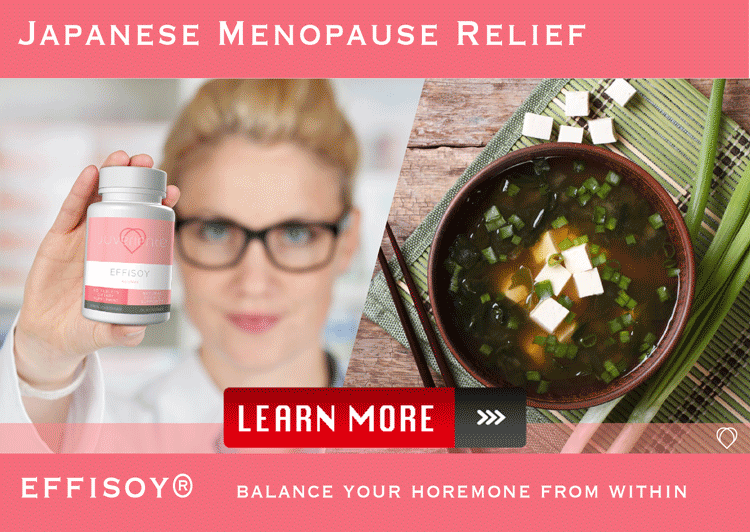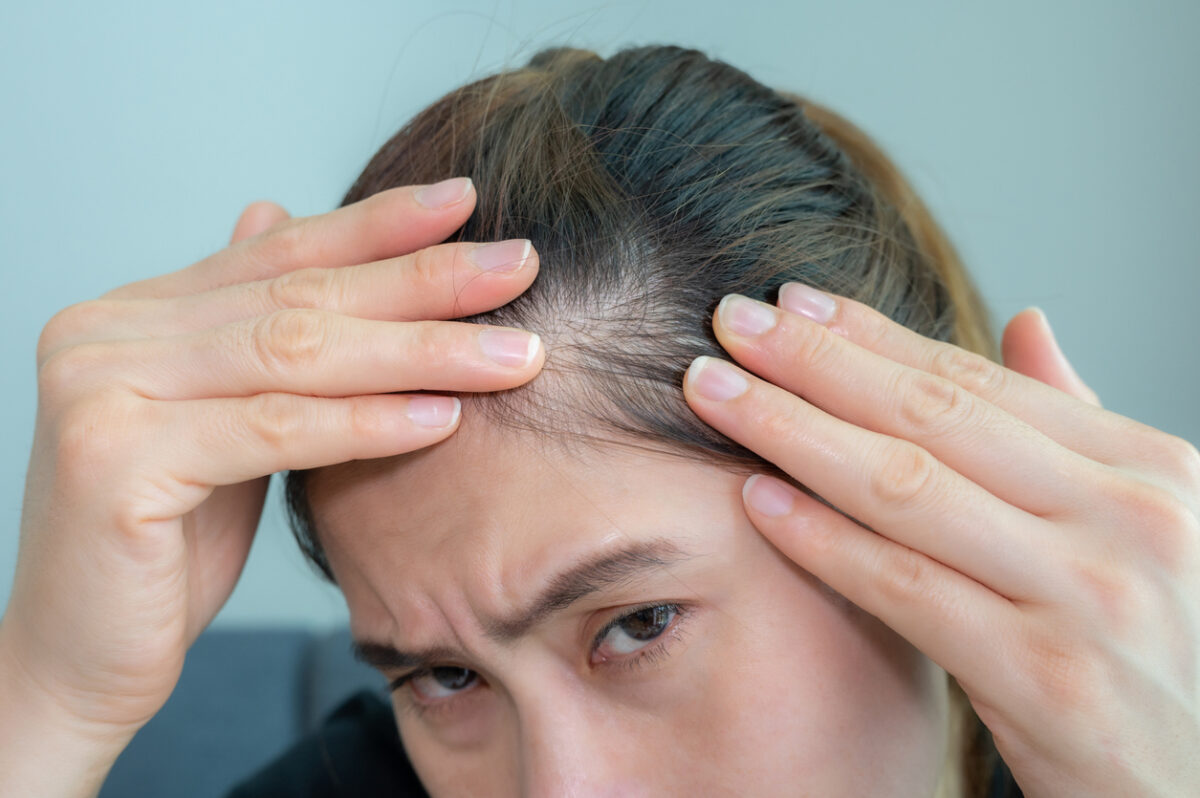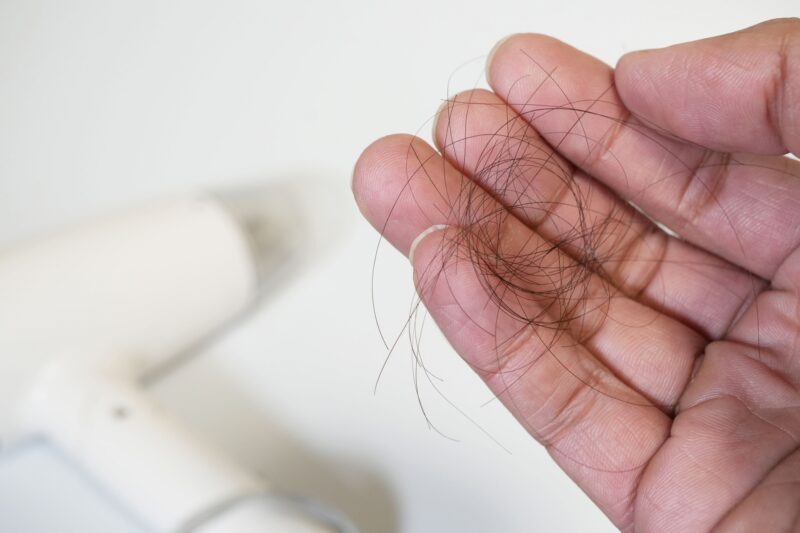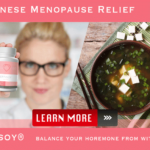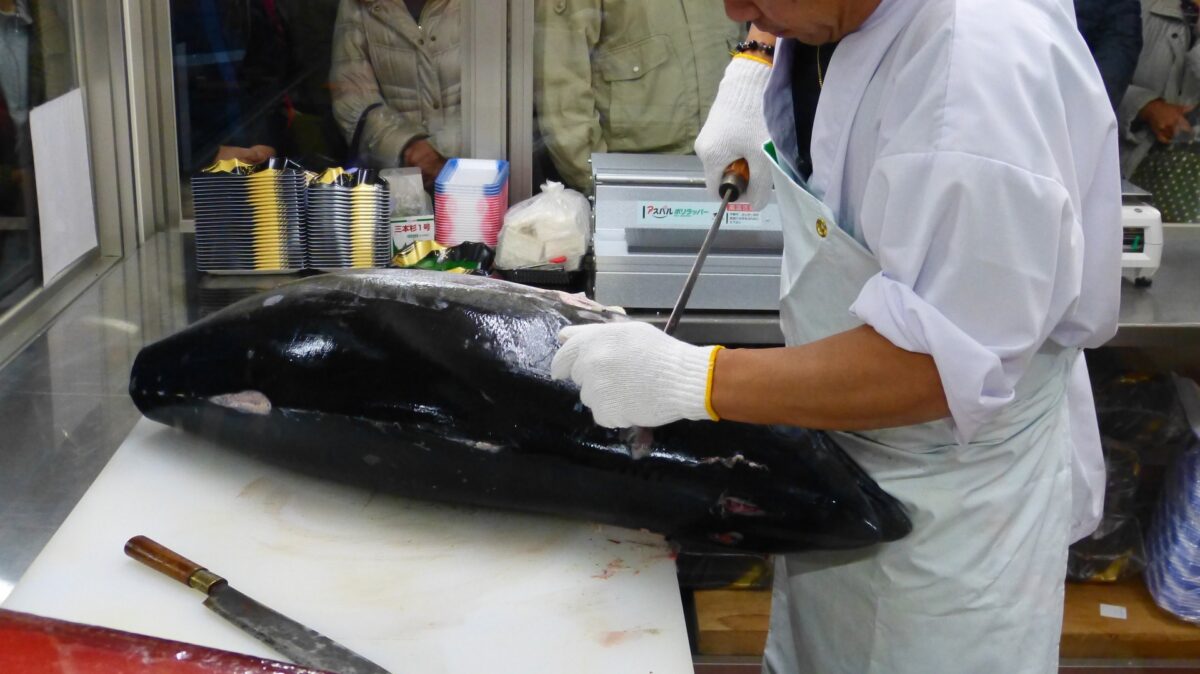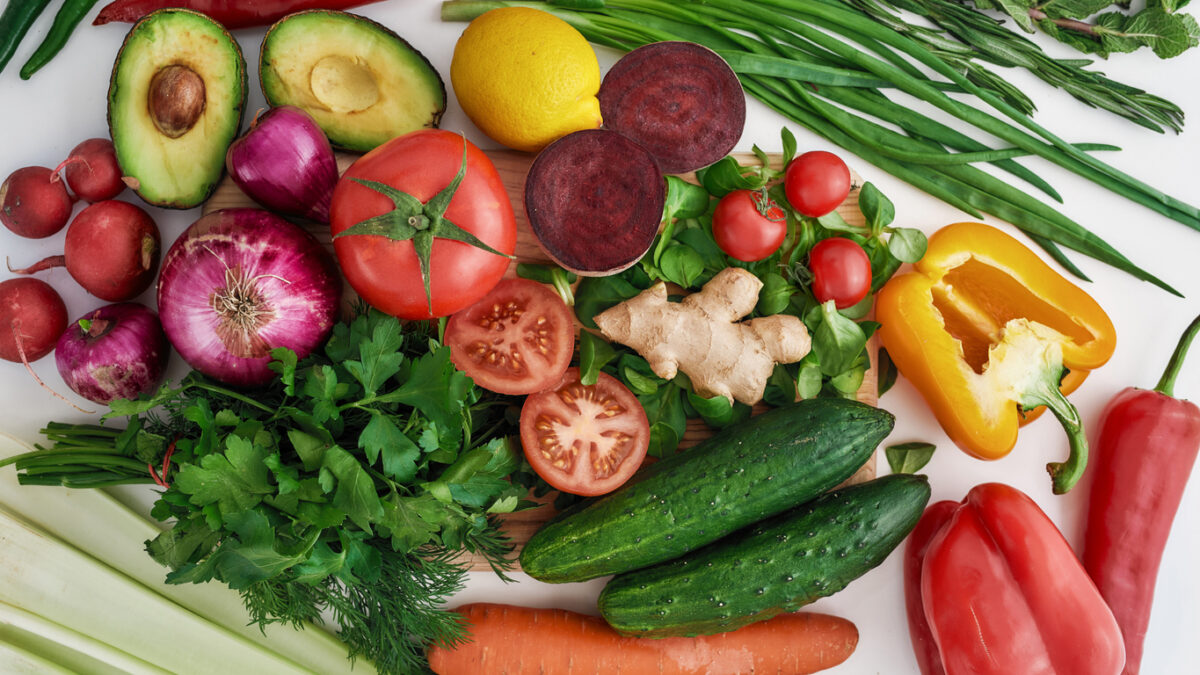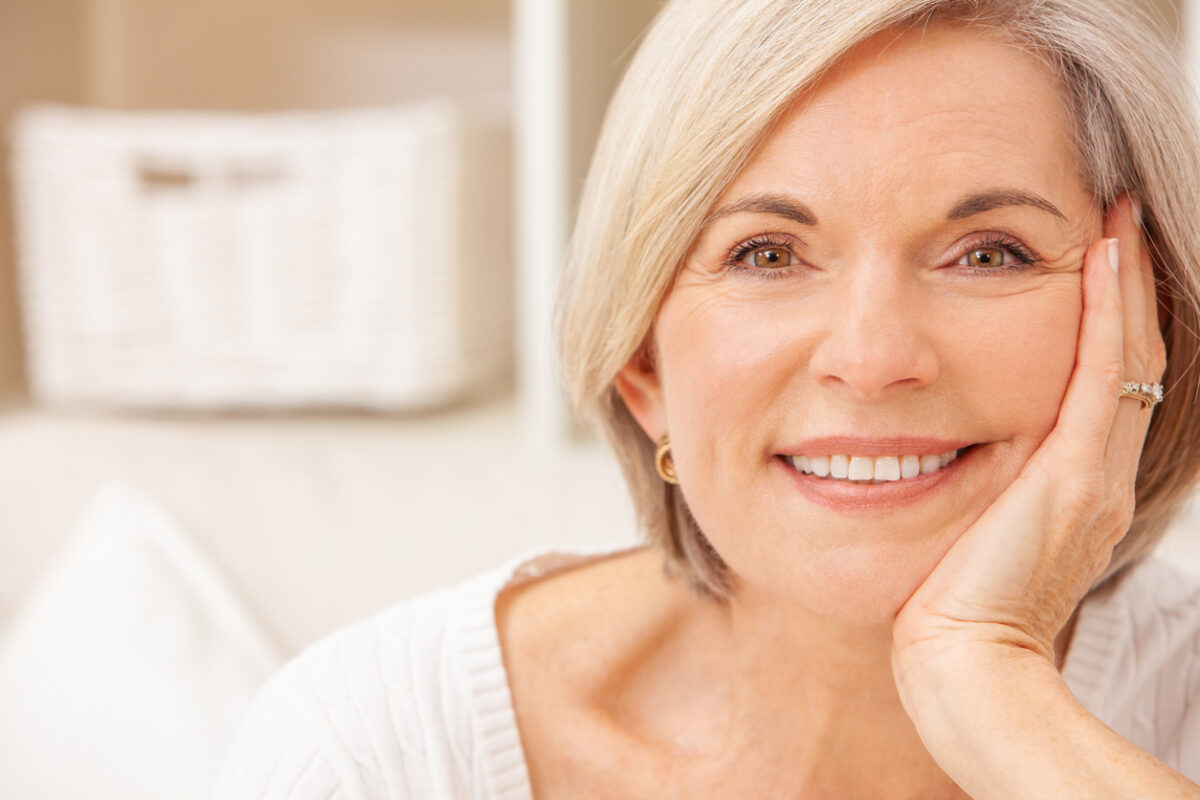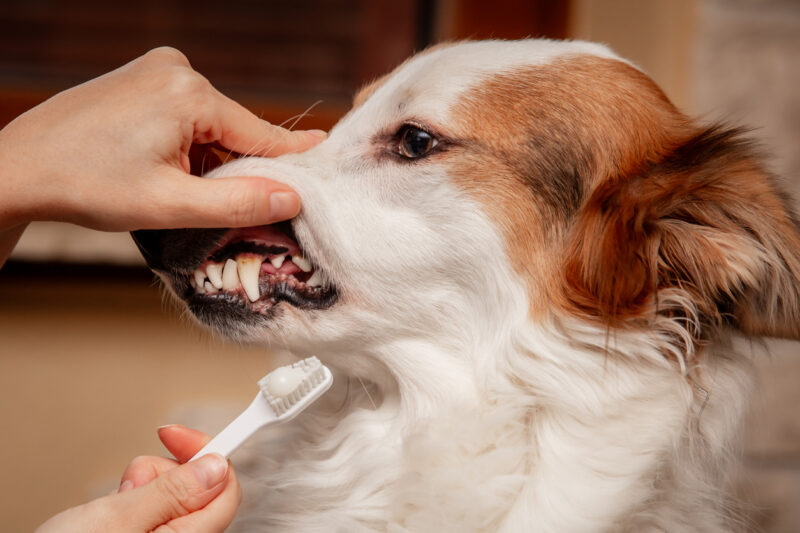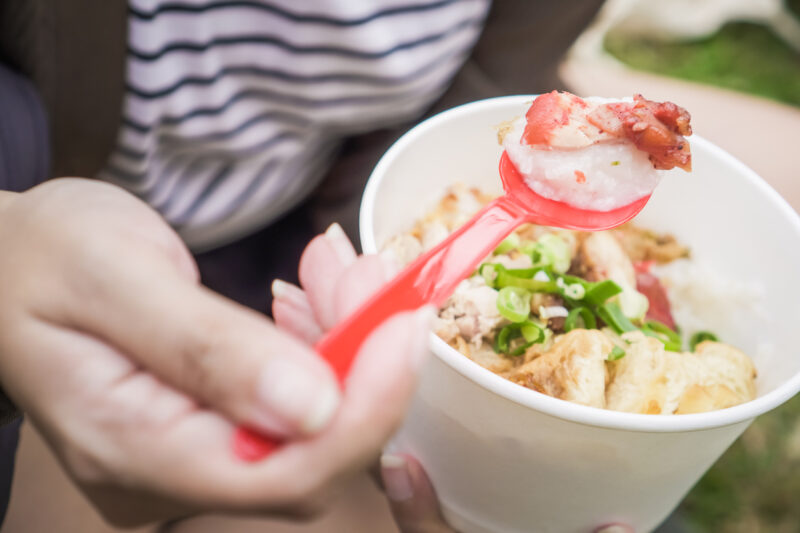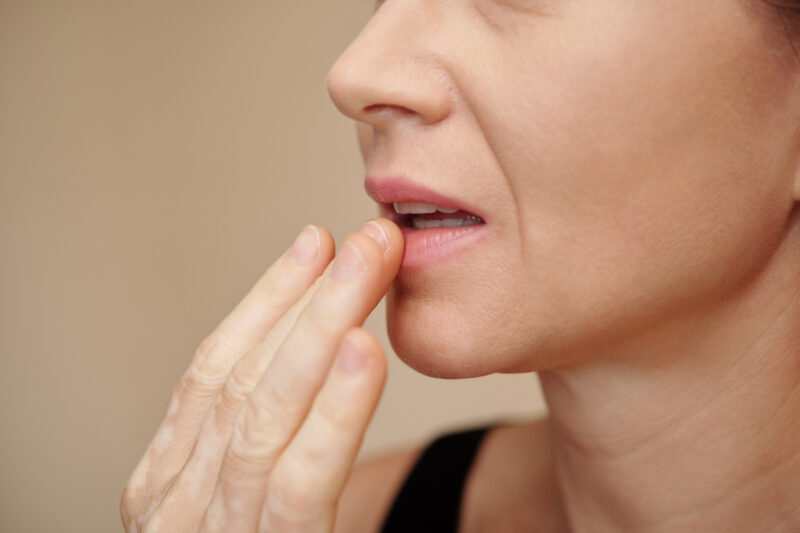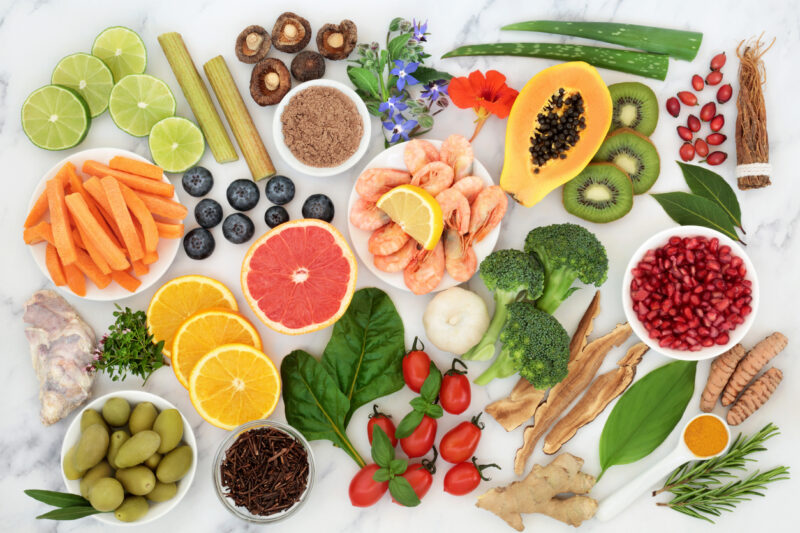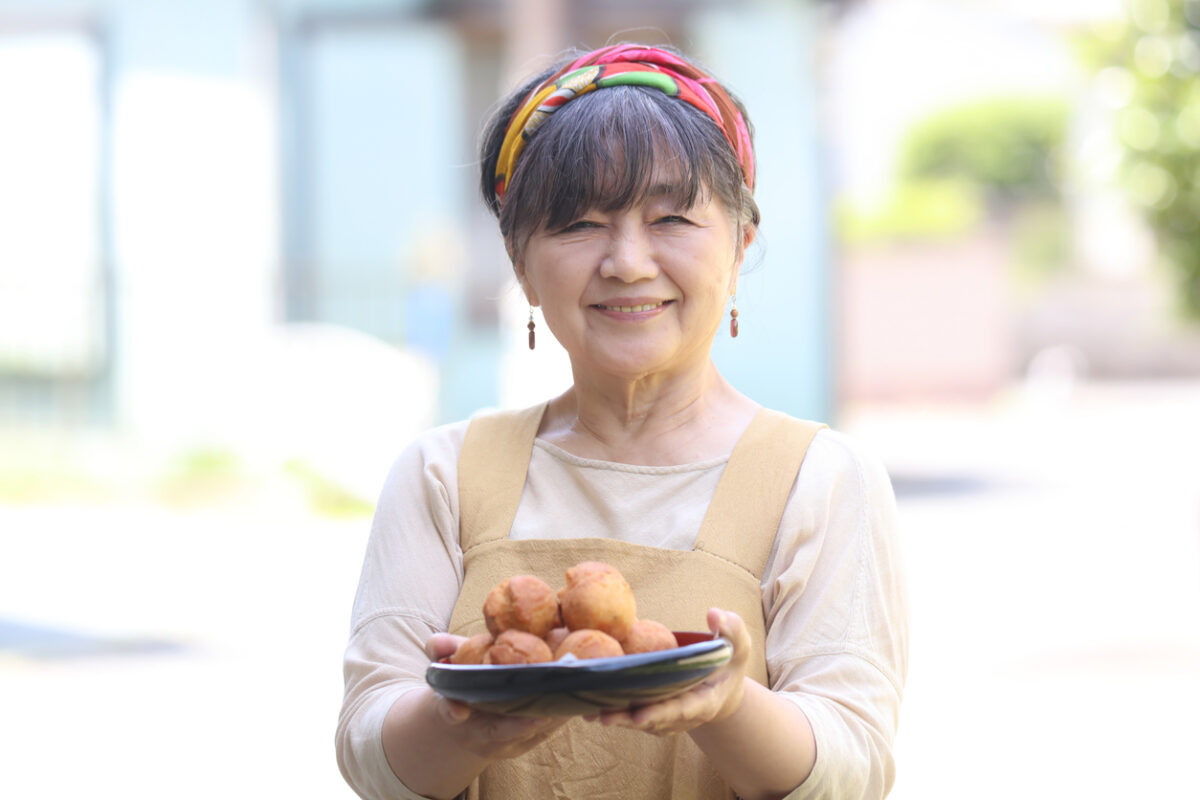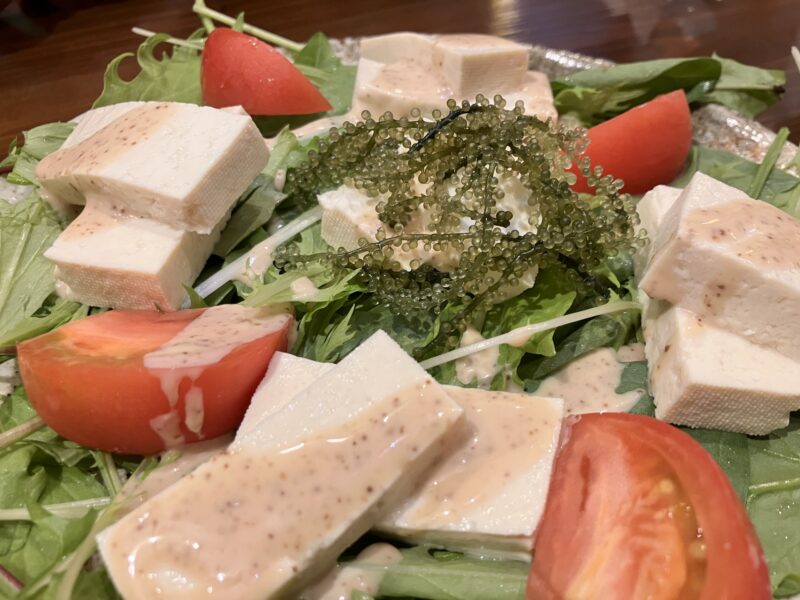As the summer heat intensifies, many women become increasingly concerned about the effects of sun exposure on their skin, particularly the appearance of spots on skin after sun burn. These spots, often caused by the sun’s damaging UV rays, can lead to unwanted pigmentation and long-term skin issues.
Understanding the connection between sun burn and skin spots is essential for prevention and treatment. In this blog, we’ll explore what causes these spots, how to prevent them, and effective remedies to reduce their appearance. If you’re dealing with spots on skin after sun burn, this guide is tailored to help you maintain a radiant, spot-free complexion.
Understanding the Causes of Spots on Skin After Sun Burn
Spots on the skin after sun burn, also known as hyperpigmentation, are a common concern, particularly for women exposed to intense sunlight during the summer months. These spots result from the sun’s harmful ultraviolet (UV) rays, which damage the skin and trigger an overproduction of melanin, the pigment responsible for skin color.
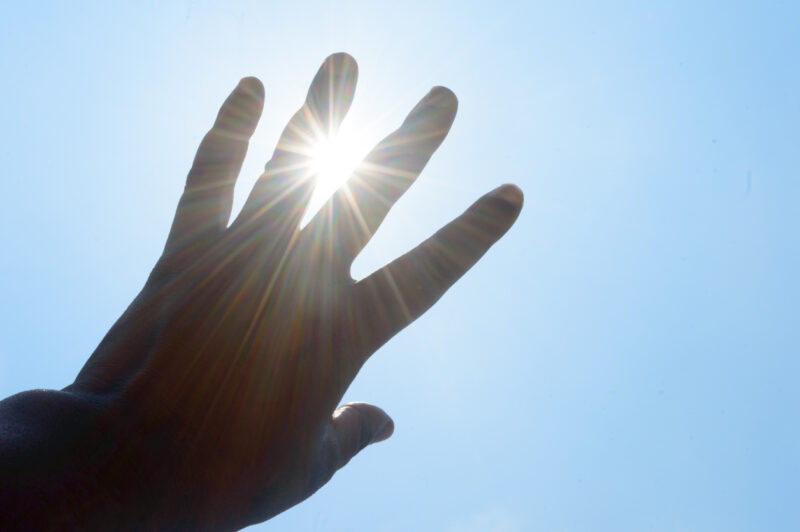
How Sun burn Leads to Spots
When the skin is exposed to UV rays, it reacts by producing more melanin as a defense mechanism. While melanin helps protect the skin from further UV damage, it can also lead to an uneven distribution of pigment, resulting in dark spots or patches on the skin. This condition, often called post-inflammatory hyperpigmentation (PIH), is particularly noticeable on areas of the skin that have experienced severe sun burn.
Factors Contributing to Spot Formation
- Skin Type and Sensitivity
People with fair or sensitive skin are more prone to developing spots after sun burn because their skin produces melanin more rapidly in response to UV exposure. Additionally, those with a history of sun burns are at a higher risk of developing long-term pigmentation issues. - Intensity and Duration of Sun Exposure
The longer the skin is exposed to intense sunlight, the more likely it is to suffer damage that can lead to spot formation. Repeated sun burns further exacerbate this issue, as the skin’s natural repair processes become overwhelmed, leading to persistent pigmentation.
Long-Term Effects of Sun-Induced Spots
If left untreated, these sun-induced spots can become more pronounced over time. This is especially true for those who continue to expose their skin to the sun without adequate protection. In some cases, these spots can become permanent, requiring more intensive treatments to reduce their appearance.
Understanding the causes of spots on skin after sun burn is the first step in preventing and managing this common skin concern. By taking proactive measures, such as using sunscreen and avoiding peak sun hours, you can protect your skin from UV damage and minimize the risk of developing these unwanted spots.
Preventing Sun-Induced Skin Spots
Preventing spots on the skin after sun burn is essential for maintaining a clear, even complexion. While sun exposure is inevitable, especially during summer, taking proactive steps to protect your skin can significantly reduce the risk of developing sun-induced spots.
Consistent Sunscreen Use
- Choose the Right Sunscreen Sunscreen is your first line of defense against the harmful effects of UV rays. To effectively prevent spots, use a broad-spectrum sunscreen with an SPF of at least 30. Broad-spectrum sunscreens protect against both UVA and UVB rays, which are responsible for skin damage and pigmentation. Apply sunscreen generously on all exposed areas of the skin, and reapply every two hours, especially after swimming or sweating. Ensure that you use a water-resistant formula if you plan to be active outdoors.
- Don’t Forget to Reapply One of the most common mistakes people make is applying sunscreen once and forgetting to reapply it throughout the day. Even the best sunscreens lose effectiveness after a few hours, especially with sun exposure and perspiration. Reapplying sunscreen regularly, especially during peak sun hours, can significantly reduce the risk of developing spots on the skin after sunburn.
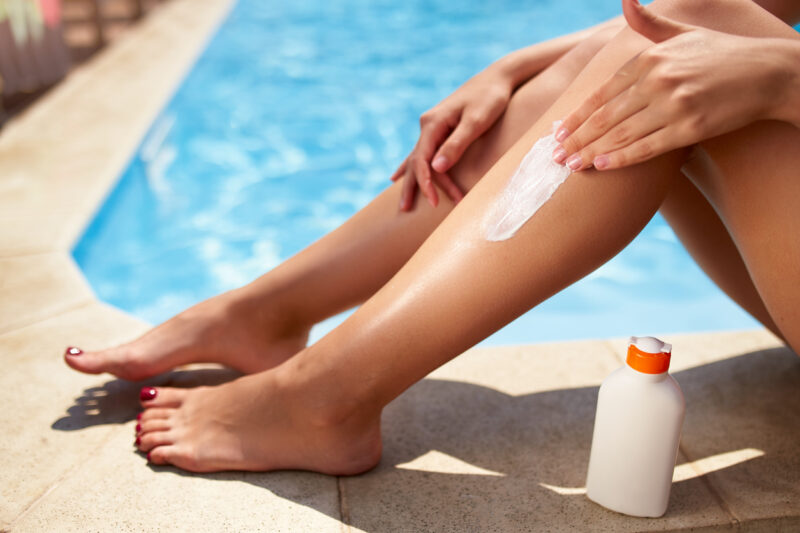
Protective Clothing and Accessories
- Wear Protective Clothing In addition to sunscreen, wearing protective clothing can provide an extra layer of defense against the sun’s rays. Opt for long-sleeved shirts, wide-brimmed hats, and sunglasses that offer UV protection. Clothing made from tightly woven fabrics or labeled with a UPF (Ultraviolet Protection Factor) rating is particularly effective at blocking UV rays.
- Seek Shade Whenever possible, seek shade to minimize direct sun exposure, especially between 10 a.m. and 4 p.m., when the sun’s rays are the strongest. While it may not always be feasible to stay indoors during these hours, finding shade or using an umbrella can help reduce your risk of spots on your skin after sun burn.
Hydration and Skincare Routine
- Stay Hydrated Staying hydrated is essential for healthy skin. Dehydration can make your skin more susceptible to sun damage and hinder its ability to repair itself. Drink plenty of water throughout the day, especially when spending time outdoors in the sun.
- After-Sun Care After spending time in the sun, it’s crucial to care for your skin to prevent damage and soothe any irritation. Use after-sun products containing ingredients like aloe vera, which can help calm the skin and reduce inflammation. Moisturizing your skin regularly can also help maintain its barrier function, reducing the likelihood of spots forming after sunburn.
By taking these preventive measures, you can protect your skin from sun-induced spots and maintain a healthy, even complexion. Making sun protection a daily habit is the key to minimizing the effects of sun exposure and keeping your skin looking its best.
Natural Remedies to Fade Sunburn Spots
If you’re dealing with spots on skin after sun burn, natural remedies can be a gentle yet effective way to reduce their appearance. Several home-based treatments can help lighten these spots over time, using ingredients that are often readily available in your kitchen or local grocery store.
Aloe Vera and Its Healing Properties
- Aloe Vera Gel Aloe vera is well-known for its soothing and healing properties, making it an ideal natural remedy for sun burn spots. The gel from the aloe vera plant contains compounds that help repair damaged skin and reduce pigmentation. To use, simply apply fresh aloe vera gel directly onto the affected areas. Leave it on for about 20 minutes before rinsing it off. Regular use can help lighten dark spots caused by sun burn and promote overall skin healing.
- Combining Aloe with Lemon Juice For an added boost, you can mix aloe vera gel with a few drops of lemon juice. Lemon juice is a natural skin lightener due to its high vitamin C content, which helps reduce melanin production. However, be cautious with lemon juice as it can make the skin more sensitive to sunlight. Always use this remedy in the evening and follow up with sunscreen the next day.
Vitamin E and C: Skin Brightening Duo
- Vitamin E Oil Vitamin E is a powerful antioxidant that can help fade sun burn spots by promoting skin regeneration. Applying vitamin E oil directly to the spots can aid in repairing the skin and reducing pigmentation. You can find vitamin E oil in capsule form, which you can puncture to extract the oil and apply directly to the skin. Alternatively, look for skincare products that contain vitamin E as a key ingredient.
- Vitamin C Serums Vitamin C is another effective natural remedy for fading sun burn spots. It helps brighten the skin and reduce the appearance of dark spots by inhibiting melanin production. You can use over-the-counter vitamin C serums or apply freshly squeezed lemon juice (in moderation) to the spots. If you choose to use lemon juice, ensure it is diluted and always perform a patch test to avoid irritation.
Exfoliation with Natural Ingredients
- Oatmeal and Yogurt Mask Exfoliation is essential for removing dead skin cells and allowing new, healthy skin to emerge. A gentle exfoliating mask made from oatmeal and yogurt can help fade sun burn spots over time. Oatmeal soothes the skin while yogurt contains lactic acid, which helps lighten pigmentation. Mix equal parts oatmeal and yogurt, apply the mixture to your face, and leave it on for 15-20 minutes before rinsing with lukewarm water.
- Papaya Enzyme Mask Papaya contains natural enzymes that exfoliate the skin and promote cell turnover, helping to lighten dark spots caused by sunburn. You can create a simple mask by mashing ripe papaya and applying it to the affected areas. Leave the mask on for about 15 minutes before rinsing off. Regular use of papaya masks can gradually reduce the appearance of spots and improve skin tone.
These natural remedies offer a gentle, non-invasive way to address spots on skin after sun burn. While they may take time to show results, their consistent use can help lighten pigmentation and restore your skin’s natural glow.
Beta-Cryptoxanthin: A Surprising Ally in Skin Health
When discussing remedies for spots on skin after sun burn, it’s essential to consider the role of beta-cryptoxanthin, a powerful antioxidant found in certain foods and supplements. While beta-cryptoxanthin is primarily known for supporting bone health, recent research has uncovered its potential in skin health, particularly in reducing the appearance of sun-induced spots.
What is Beta-Cryptoxanthin?
- Origins and Primary Benefits Beta-cryptoxanthin is a natural carotenoid, primarily found in fruits like Satsuma mandarins and pumpkins. It is often praised for its role in promoting bone health and enhancing immune function. However, its benefits extend beyond these areas, showing promise in skin health as well. As an antioxidant, beta-cryptoxanthin helps protect cells from oxidative stress, a key factor in aging and skin damage.

- Melanin Inhibition A study published in the National Institutes of Health (NIH) highlights that beta-cryptoxanthin may also inhibit melanin production, the pigment responsible for dark spots on the skin. In an animal study, beta-cryptoxanthin demonstrated its ability to reduce melanin synthesis, suggesting that it could be beneficial in preventing or minimizing spots caused by sunburn. The study can be accessed here.
Incorporating Beta-Cryptoxanthin for Skin Health
- Juveriente’s Bone Strength Complex While beta-cryptoxanthin is available in certain foods, it can also be found in Juveriente’s Bone Strength Complex. Originally designed to support bone health, this supplement now presents an unexpected bonus for skin health due to its beta-cryptoxanthin content. However, it’s important to note that while beta-cryptoxanthin shows potential in reducing sunburn spots, it is not a quick fix or a guaranteed solution. Regular and consistent use, combined with other skincare practices, may help improve the appearance of your skin over time.
- A Balanced Approach Although beta-cryptoxanthin can aid in reducing melanin production, it is not a magic solution. To maximize the potential benefits, it should be part of a comprehensive skincare routine that includes sun protection, a healthy diet, and other natural remedies. Those looking to fade sunburn spots should manage their expectations, understanding that improvements may be gradual and vary depending on individual skin types and conditions.
Incorporating beta-cryptoxanthin into your skincare routine, whether through diet or supplements like Juveriente’s Bone Strength Complex, offers a promising yet realistic approach to managing spots on skin after sunburn. While it’s not an instant cure, it adds an extra layer of defense against skin discoloration, complementing other skincare efforts.
Long-Term Skincare Tips for Sun-Damaged Skin
Maintaining healthy skin after sun exposure requires a long-term commitment to a consistent skincare routine. If you’ve experienced spots on skin after sun burn, taking preventive and restorative measures can help minimize the damage and prevent further issues. Here are some effective long-term skincare strategies to support sun-damaged skin.
Daily Sun Protection
- Sunscreen as a Daily Essential The importance of daily sun protection cannot be overstated, especially if your skin has already been damaged by the sun. Use a broad-spectrum sunscreen with an SPF of at least 30 every day, even during cloudy or winter months. Apply it generously to all exposed areas, and remember to reapply every two hours if you’re spending time outdoors. Sunscreen helps protect your skin from further UV damage, preventing the worsening of existing spots and the formation of new ones.
- Incorporate Sun-Protective Habits Beyond sunscreen, adopting sun-protective habits can make a significant difference. Wear wide-brimmed hats, sunglasses, and long-sleeved clothing when outdoors. Seek shade during peak sun hours, and consider using a UV-blocking umbrella or staying under a shelter to reduce direct sun exposure. These habits, combined with sunscreen, create a strong defense against further skin damage.
Hydration and Moisturization
- Keep Your Skin Hydrated Sun-damaged skin often struggles to retain moisture, leading to dryness and further irritation. Keeping your skin hydrated is crucial for its recovery. Drink plenty of water throughout the day to maintain internal hydration, which reflects on your skin’s appearance. Additionally, incorporate a hydrating serum or moisturizer containing ingredients like hyaluronic acid, glycerin, or ceramides to lock in moisture and support the skin’s barrier function.
- Use After-Sun Care Products After a day in the sun, using after-sun care products can help soothe and repair your skin. Look for products containing aloe vera, calendula, or chamomile, which have calming and healing properties. These ingredients can reduce inflammation and redness while promoting skin regeneration. Regular use of after-sun products helps your skin recover faster and prevents long-term damage.
Exfoliation and Skin Renewal
- Gentle Exfoliation Exfoliating your skin regularly is key to removing dead skin cells and encouraging the growth of new, healthy skin. However, it’s important to choose a gentle exfoliant to avoid irritating sun-damaged skin. Opt for exfoliants that contain alpha-hydroxy acids (AHAs) like glycolic acid or lactic acid, which help slough off dead skin cells without causing too much abrasion. Exfoliate no more than two to three times a week to avoid over-exfoliation, which can lead to sensitivity.
- Incorporate Skin-Renewing Ingredients Incorporating products with skin-renewing ingredients, such as retinoids or peptides, can help repair sun damage and reduce the appearance of spots. Retinoids boost cell turnover, while peptides support collagen production, both of which are essential for restoring your skin’s smooth texture and even tone. Start with a lower concentration and gradually increase it to minimize irritation.
By following these long-term skincare tips, you can help restore your skin after sunburn and reduce the appearance of spots. Consistency is key, and over time, these habits will improve your skin’s resilience, helping you achieve a healthier and more radiant complexion.
Summary
Sun exposure can lead to unwanted spots on the skin after sunburn, a common concern during the summer months. Understanding the causes, such as melanin overproduction due to UV damage, is the first step in prevention. Protective measures, including consistent sunscreen use, protective clothing, and after-sun care, are essential for reducing the risk. For those already dealing with spots, natural remedies like aloe vera and vitamin C can help lighten them over time. Additionally, beta-cryptoxanthin, found in Juveriente’s Bone Strength Complex, shows promise in reducing melanin production, though it’s not a quick fix. Prioritizing long-term skincare practices is crucial for maintaining healthy skin after sun exposure.
The natural bone strength complex made from Satsuma mandarin orange
Juveriente®’s Bone Strength Complex is a natural supplement made from a traditional dietary habit of a healthy bone town in Japan. People there eat a lot of Satsuma mandarin orange and have high concentration of Beta-Cryptoxanthin, a kind of carotenoid. A cohort study there found that that concentration has high reverse correlation with onset ratio of osteoporosis.
It provides you the essence of a natural food, which is simply an extract of a Japanese popular citrus fruit. It is according to your principal policy. Needless to say, it is better to try a natural food before jumping to strong medicines. Though natural and gentle, it has garnered a lot of amazing reviews in Amazon since its launching in 2016.
If you like to try multi-vitamin supplement, how about adding the natural bone therapy fruit extract with Juveriente® Bone Strength Complex?
Please learn details in our product page.









